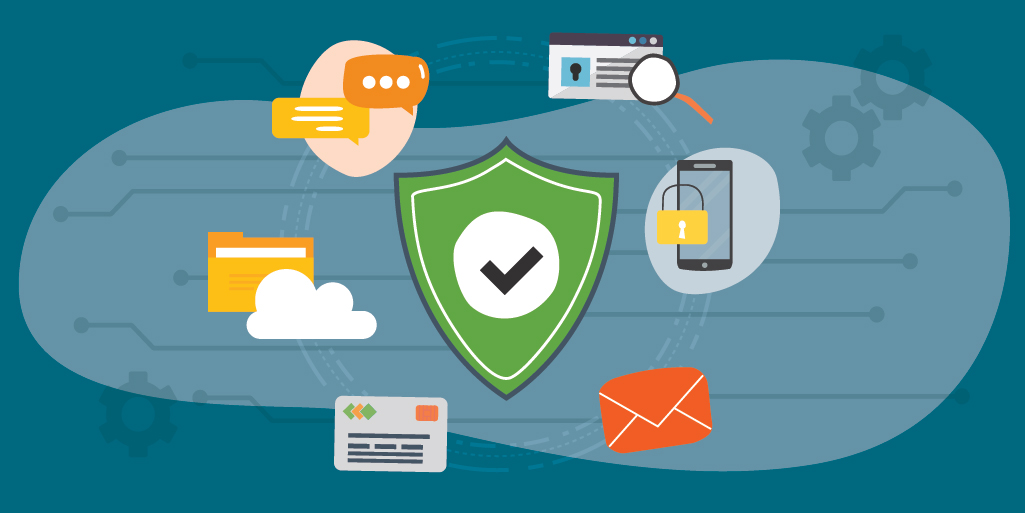
An effective cybersecurity posture is structured to defend against cyberattacks, both intentional and unintentional. This posture will include strong security policies, end-user training and hardware and software solutions such as firewalls and antivirus. A thorough assessment of your cybersecurity risks will help to define and strengthen your defenses in your cybersecurity posture.
Identify your critical assets and prioritize what you need to protect.
-
- Pay attention to the basics; cover the fundamentals of updates and patching, system resilience, malware protection and backups.
- Emphasize training. Your end users and IT team need continuous training in order to perform their jobs safely and effectively.
- Automate processes. Put procedures in place for effective management of updates and patches for hardware and software.
- Authentication is key to accountability. Make sure to limit administrative access to those who need it.
- Develop a process for adding and removing users from your network. Review access privileges for changing jobs.
- Develop an incident response plan and practice it on a regular basis.
- Secure mobile devices by adding encryption, tracking and remote wipe.
- Develop a backup process. Make sure to include offsite backup storage.
Regularly test the restore process. A backup should never be assumed as successful until a test of the restore is completed.
